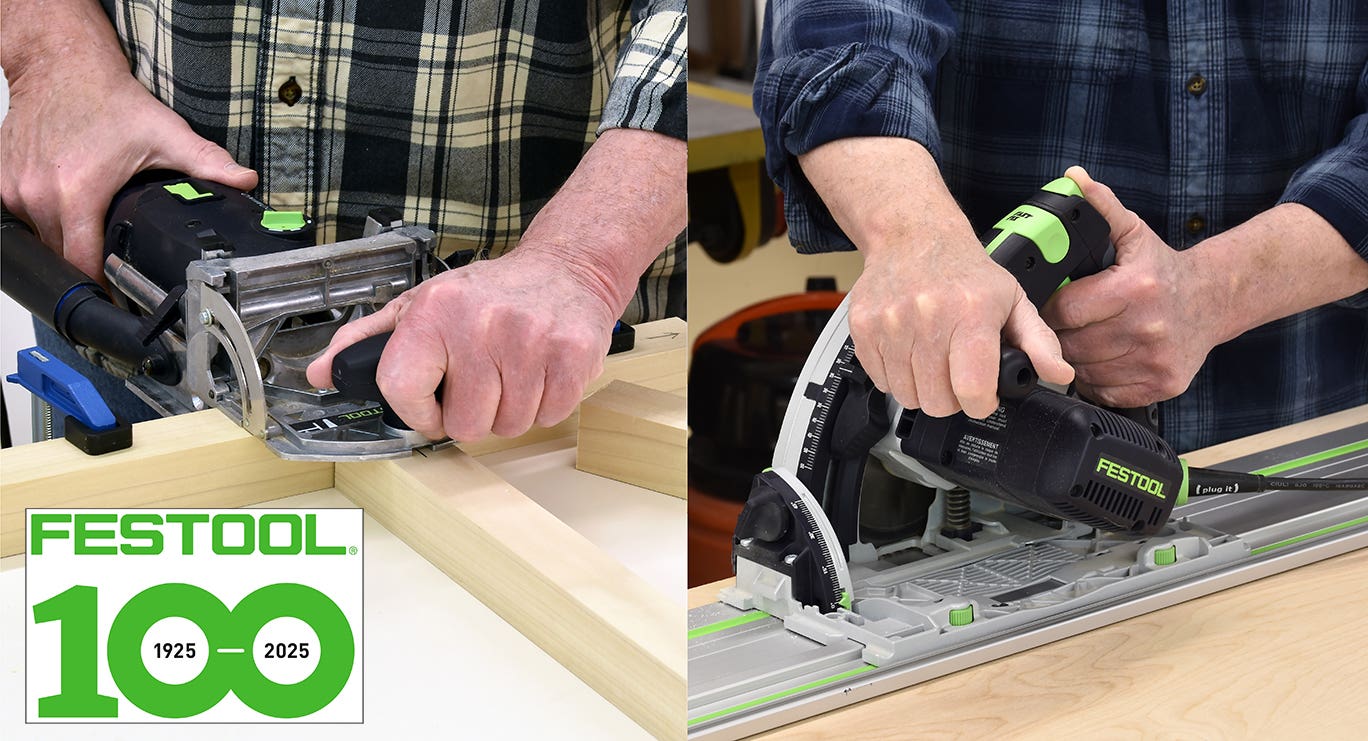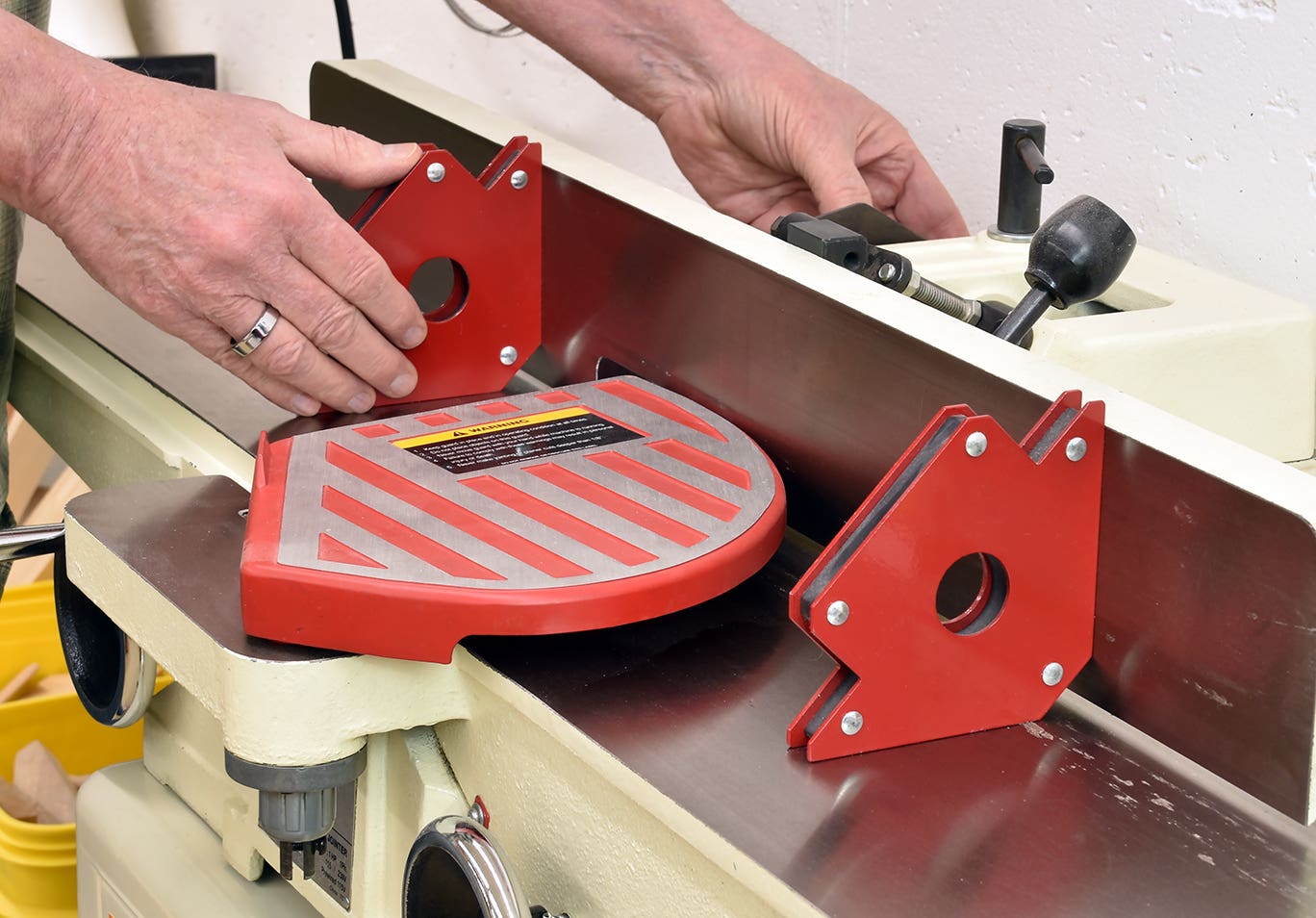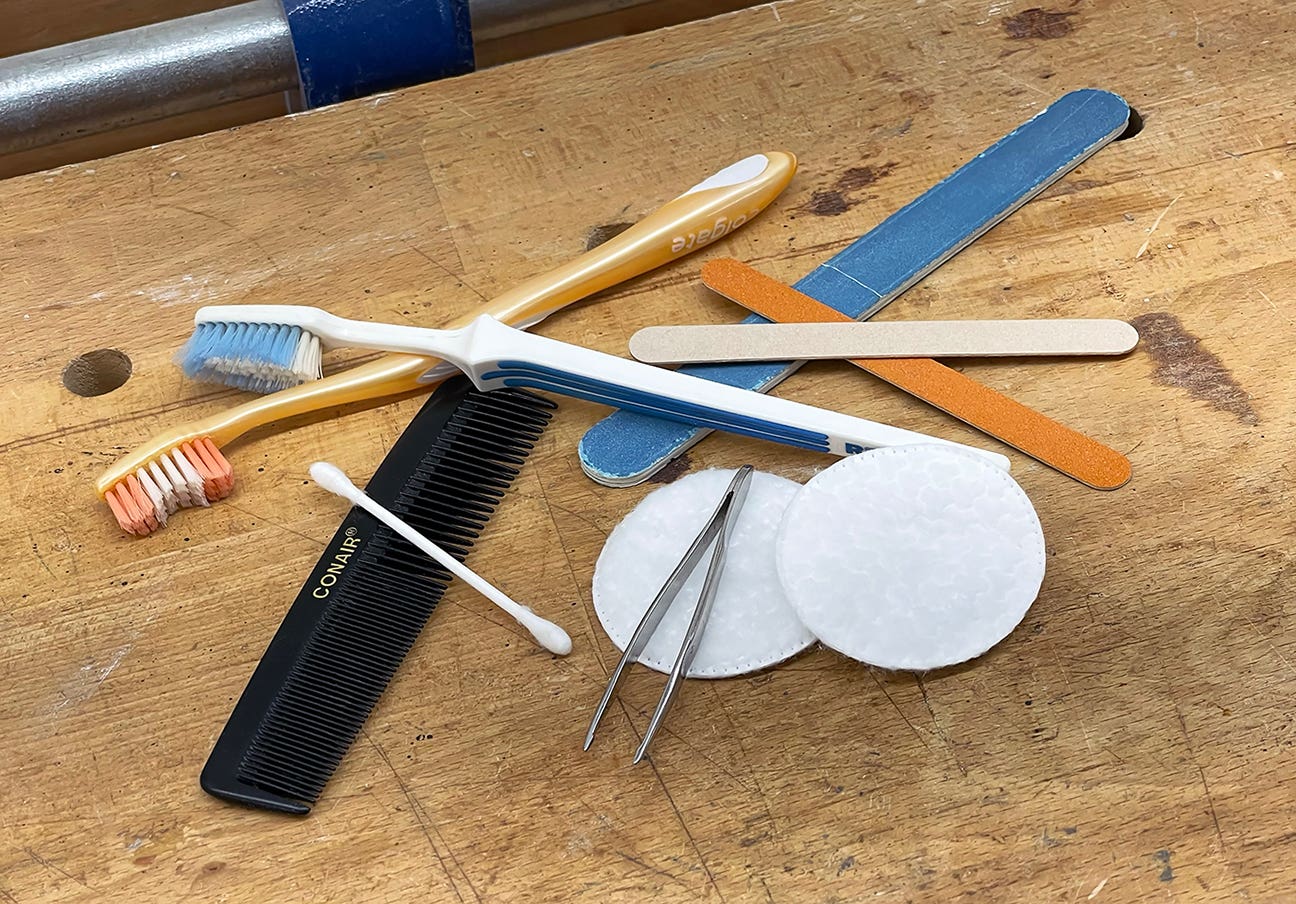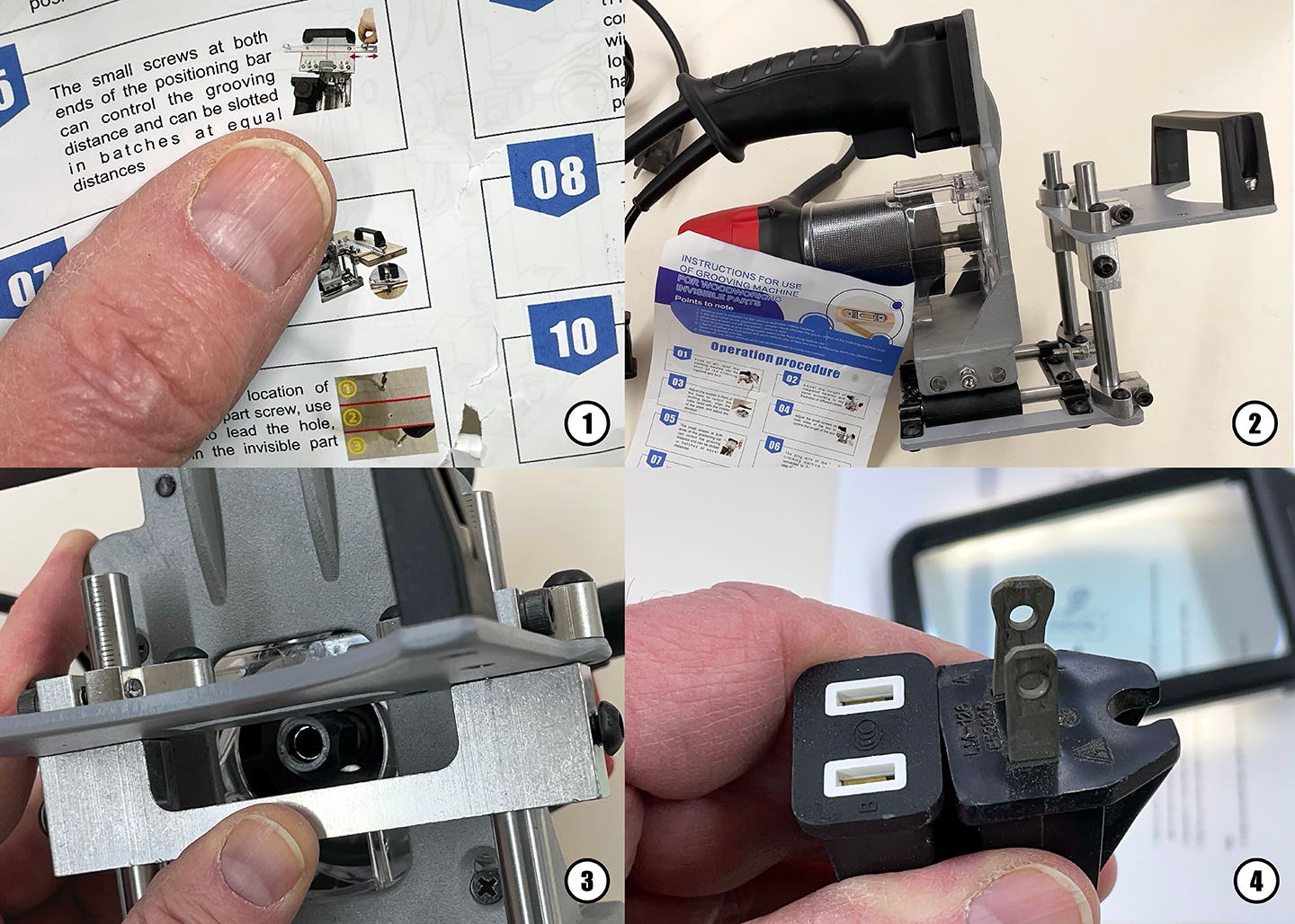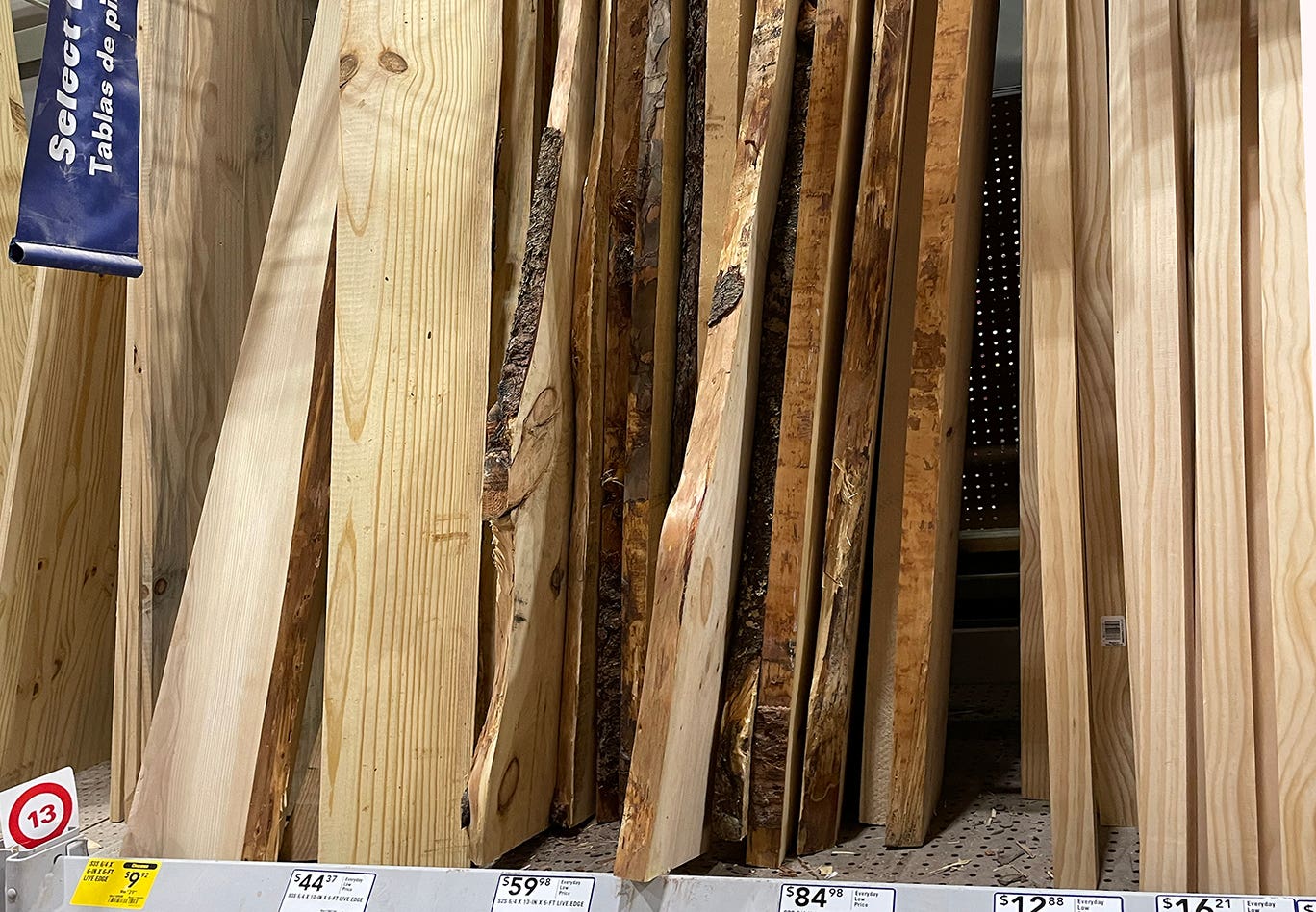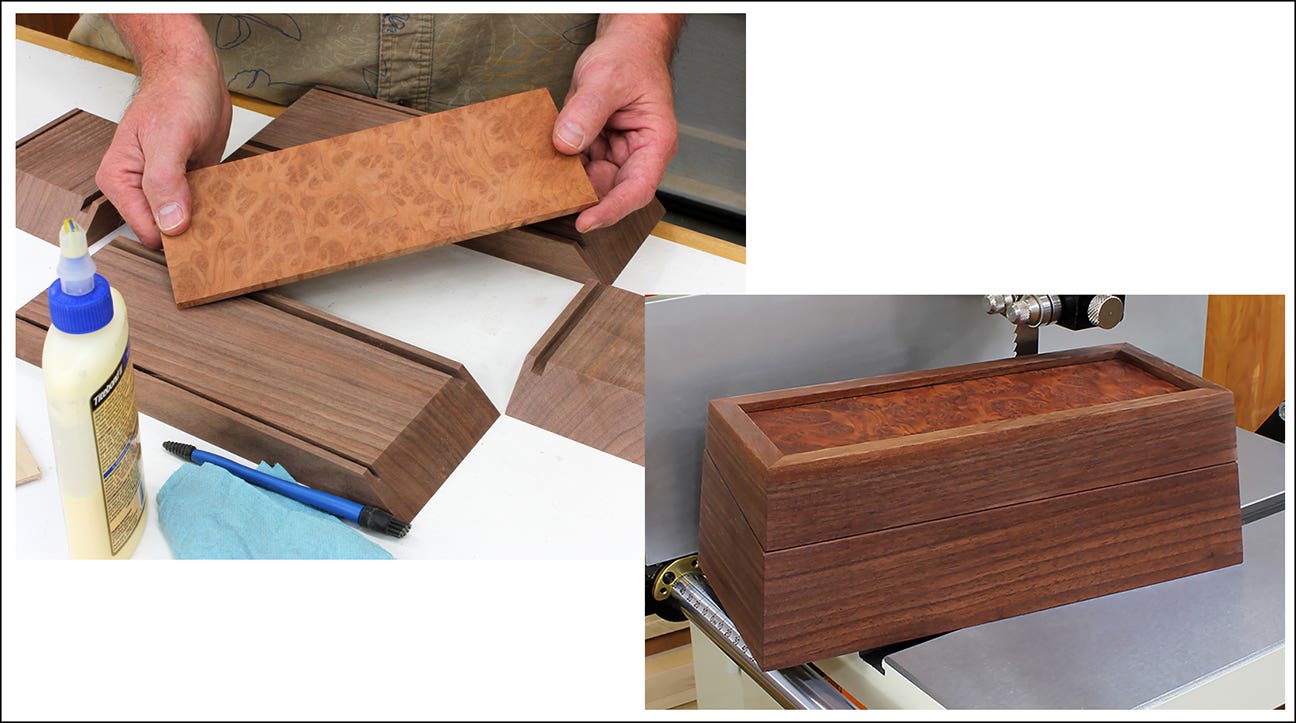Soap can be a surprisingly good furniture finish
Popular in Denmark, using Ivory Flakes on solid woods like oak, pine, ash and beech can be a worthwhile experience {loadposition position10} You’ve probably heard of many substances used as…
Popular in Denmark, using Ivory Flakes on solid woods like oak, pine, ash and beech can be a worthwhile experience
{loadposition position10}
You've probably heard of many substances used as finishes on wood, but have you ever heard of soap? Would you even think soap could be effective as a finish?
Surprisingly it is, and soap is quite popular on wood furniture and floors in Denmark and other northern European countries.
I have a strong connection with Denmark because my wife is Danish and we lived there for two years in the mid-1970s. All this time, I've known of soap finishes (called "soap treatment" in Danish), but I never took them seriously.
On my last trip I paid more attention. I visited a number of furniture showrooms and talked to many people. The furniture is indeed very beautiful. I could understand its popularity and the reason soap-finished wood is considered desirable and even quite sophisticated.
The woods used are solid, not veneer, and always very light-colored. They include white oak, pine, ash and beech. Soap doesn't look so nice on darker woods because it doesn't bring out the rich coloring.
The downside of a soap finish is what you would expect. Just as with oil and wax finishes, soap requires a lot of upkeep and care. You definitely wouldn't want to use soap on production kitchen cabinets, but soap could be a legitimate choice for high-quality furniture you might make for a special client.
Many people appreciate uniqueness and are willing to devote the extra care to possess it. Some also put high value on the environment and no finish is as "green" as soap.
The look of soap
A soap finish is similar to an oil or wax finish in that it is so thin on the wood it appears like no finish at all. Soap also resembles a purely wax finish in that it adds no color to the wood; oil finishes add a yellow/orange coloring.
The characteristic that makes soap stand out, however, is how flat it is. There is no shine. Both wax and oil have shine.
The look is close to that of imported Danish teak furniture with a very thin conversion-varnish finish (often marketed as an oil finish). But soap adds less color and is even less shiny than the very flat conversion varnish used.
Natural soap
The first thing to point out is that the soap used is natural soap - sodium hydroxide (lye) and vegetable oil. It's the old Ivory Flakes, if you remember them. No other soap will work.
I think this is because thick, natural soap gets pretty hard after the water evaporates, about the same hardness as oil/varnish blend after a puddle has cured for a month or two on glass. You can still dig your fingernail into the soap, but it serves to block the pores in wood for a short time.
Ivory Flakes are no longer available and the only natural soap I've found is imported from England by www.msodistributing.com. Or go to www.soap-flakes.com to learn more about soap flakes and get a list of a few other suppliers.
To make the soap finish, add one cup of soap flakes to a quart of boiling water. Being exact with the measurement isn't at all critical. In fact, suggested proportions vary widely, both for initial application and for maintenance. All work well, but it's better to use more flakes and less water.
After stirring and cooling, this high a concentration of flakes (compared to what you'd use to wash clothes) makes a thick, slimy gel or paste. Children used to make this paste from Ivory Flakes for play.
Application
To apply a soap finish, the wood should be clean and sanded to about 150 grit.
The soap is going to raise the grain of the wood, so you could pre-raise the grain by wetting the wood first and then sand it smooth after the wood has dried. Or you could skip this step and simply sand between coats, which is what all directions I've seen say to do.
It's best to apply the soap finish to both sides of tabletops and wide panels (or at least wet the underside) to even the swelling. Wetting only one side of the wood many times causes it to cup and split like boards on a deck.
Here are the steps:
- Spread the soap gel onto the wood using a clean cloth or sponge. Let the soap stand for a couple of minutes, then wipe off the excess with a well rung-out damp cloth in the direction of the grain. Because end grain sucks in more moisture, wipe it only once.
- Let the wood dry and then sand it with 220- or 320-grit sandpaper, coarse enough to remove the raised grain efficiently, but no coarser. Apply a second coat like the first.
- Apply as many coats as you want; you can't mess up. I don't find that more initial coats add significantly greater resistance to water or stains.
- Before you actually apply this finish to a piece of furniture, make up a step panel. Tape off a small section after each coat dries. Finally, remove the tape and run tests to get an idea of how many coats you want to apply. Drip water, red wine, ketchup, etc., for short periods of time to see if more coats make any difference for you.
Maintenance
Regular maintenance is critical with a soap finish, even more so than with oil and wax finishes. The initial dissolving of the soap flakes stores well, so it can continue to be used.
Dusting is done with a damp cloth, never with furniture polish. For the first few months, you or your client should reapply the soap finish every few weeks, especially any time the surface begins to look dry or dirty.
During use, the surface might get stained. Stains are usually easy to remove - surprisingly easy in my experience. First, sand lightly with 220- or 320-grit sandpaper, just enough to make the surface feel smooth. (Never use steel wool.) Then apply another coat of soap and wipe off the excess with a well rung-out cloth.
You can also pour boiling water onto the stain before applying more soap. Boiling water is very effective at removing stains.
If the stain persists, repeat the procedure once or twice. To get more aggressive, scrub the surface, always in the direction of the grain, using a Scotch-Brite-type scrub sponge or pad and more soap. You can do this several times, letting the surface dry in between.
If the coloring still isn't even, you may have to sand the entire surface to get an even coloring and then start from the beginning. This would be very rare.
Floors
A soap finish is also popular on floors in Denmark, especially on pine floors. For these, whiting (calcium carbonate) is usually added to the soap to produce a pickled look. The procedure for application and maintenance is the same.
Bob Flexner is author of "Understanding Wood Finishing."
This article originally appeared in the March 2010 issue.


